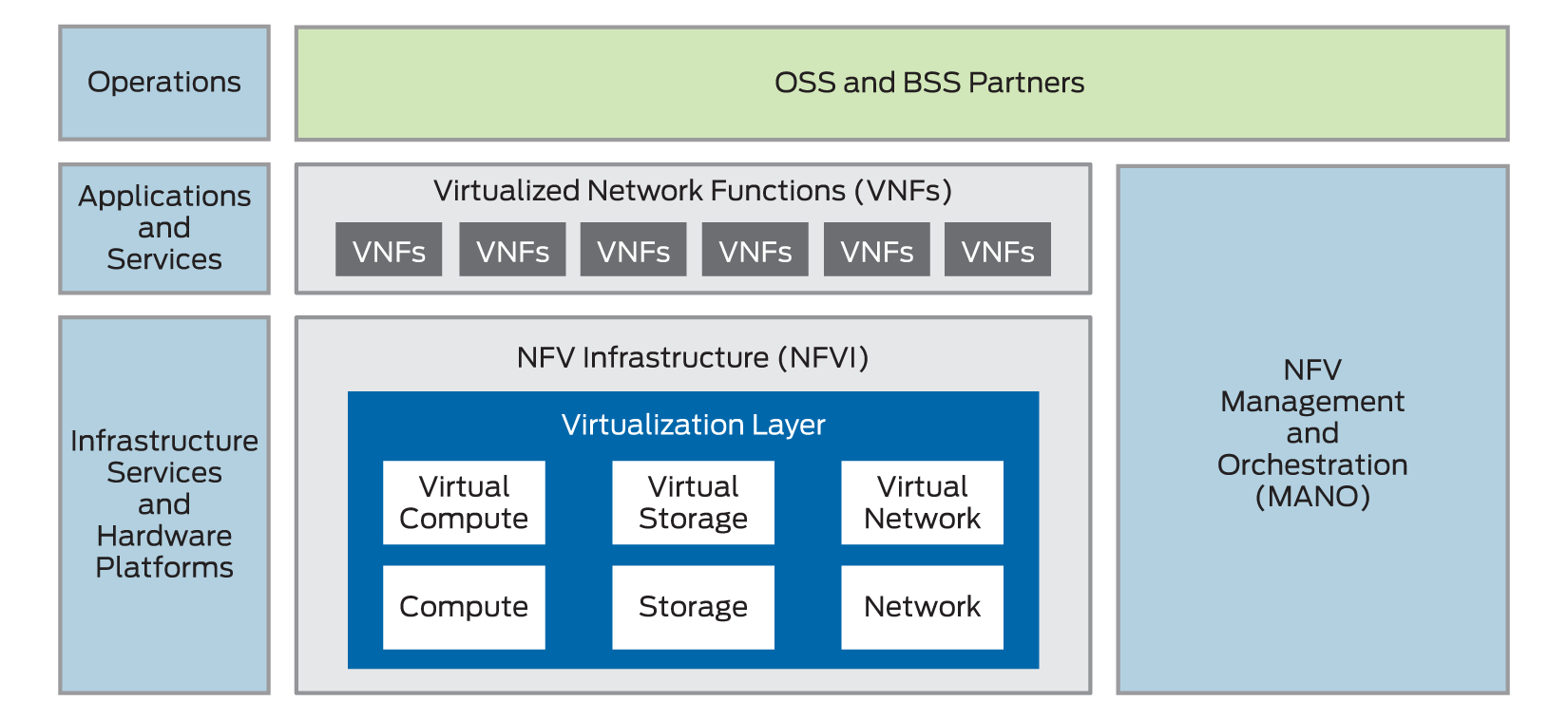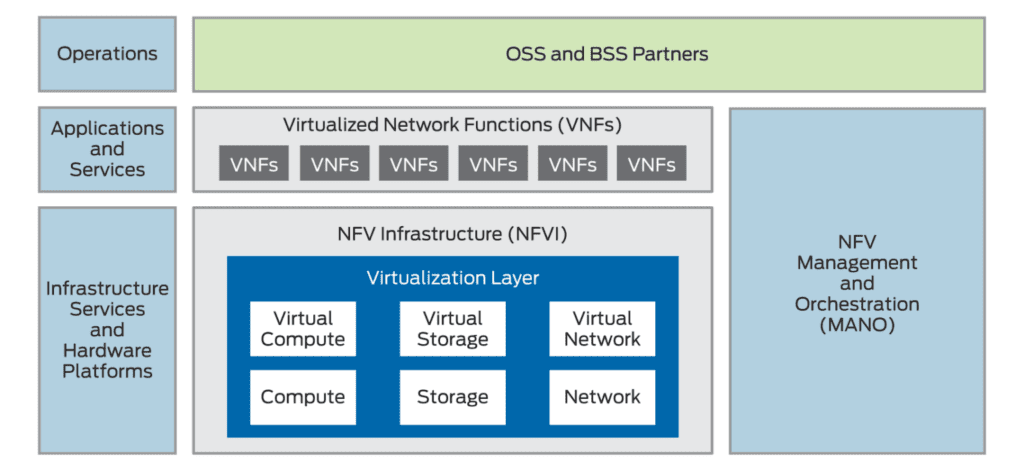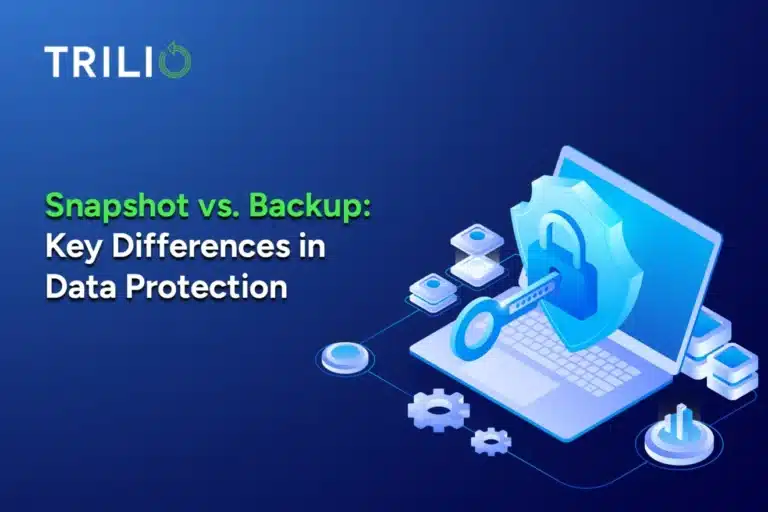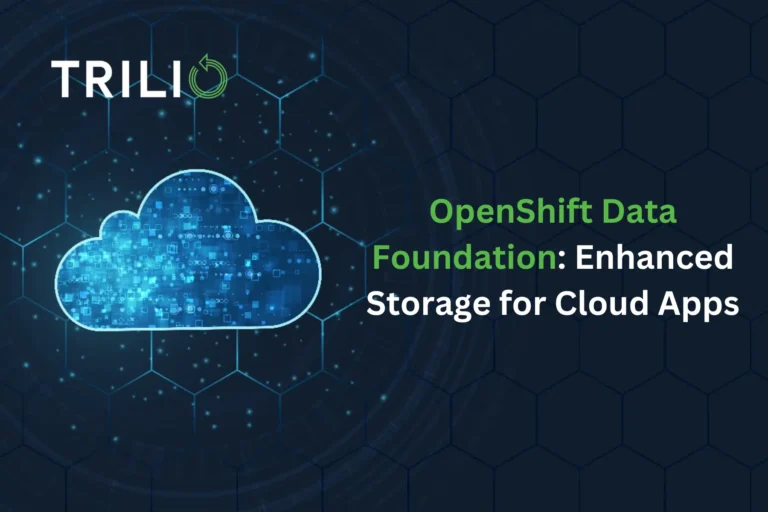Why Backup and Recovery Are Critical For NFV Workloads
Contrary to Popular Belief, There Are Elements of Even Stateless NFV Workloads that Need Backup
Network Function Virtualization (NFV) is receiving renewed focus with the advent of 5G and DOCSIS 4.0. As telecommunications companies entrust NFVs with virtualizing their 5G networks, implementing backup and recovery for NFV workloads is more important than ever. Many organizations overlook backup and recovery for NFV because NFV workloads are often stateless. Conventional wisdom says that anything stateless doesn’t need to be backed up. But, in the case of NFV, conventional wisdom gets it very wrong. Stateless or not, there are vital workloads on NFVs that aren’t restorable via redeploy.
What NFV Has Done for Business
NFV has permanently changed the way telephone delivery, video delivery and mobile network providers work. NFVs are the base for IP telephony, services like Skype and even landlines. NFVs make it significantly less expensive to build high resilience networks and infrastructure that telcos need.
The agility and scalability provided by NFV technology helped companies like Skype disrupt telecommunications. Driven by the virtualization of the networks, Netflix was able to use NFVs to disrupt content generation and distribution. More recently, companies like YouTubeTV disrupt the cable industry by allowing virtualized networks to provide content that would normally arrive via the cable box.
But, what is it actually? Network Function Virtualization enables telcos to move their services from dedicated hardware into a virtualized environment, eliminating the need for customer hardware appliances for each network function. NFV also virtualizes network nodes so that they can be connected to create communication services. In other words, operators finally get a chance to enjoy all the benefits of IT virtualization (without the IT).
With NFV, telcos can switch from hosting VMs on dedicated network hardware to general purpose hardware or cloud infrastructure. This makes both deployment and decommissioning easier. Hardware becomes reusable, since all of the hardware is the same. As the cost of hardware-specific appliances has risen, NFV has become a way to save money.
What’s Driving NFV?
5G, DOCSIS 4.0 and edge computing are three of the main technologies driving NFV forward. 5G and DOCSIS 4.0 are complementary technologies to NFV. NFV can be used to virtualize both 5G and DOCSIS 4.0 infrastructure, so that physical networks can be separated into multiple virtual networks, while still providing the same user experience as a physically separate network.
NFV will also enable network slicing for 5G. Network slicing allows multiple virtual networks to be created on a shared virtual infrastructure. You can then customize virtual networks so that they meet the particular needs of customers, operators, devices, applications and services. This also improves bandwidth, availability, security and mobility.
NFV and edge computing are another strong pairing. Edge computing brings computing to the edge of the network — where the users are. This trend has really taken off among telcos. Telcos organize themselves so that they have a central site, a number of regional sites and hundreds of edge sites not much bigger than a modem. With sites closer to the homes of users, the telcos achieve very low latency and high availability.
By moving the network functions from hardware to software, NFVs make edge computing scalable, enabling optimal use of network resources. The scalability of NFV also allows data to remain at the edge of the network even during peak use. It also allows for creation and curation of data at the edge and perhaps for more comprehensive, faster data analysis. NFV also enables network slicing for edge computing.
With all of those benefits, it’s no surprise that, between 5G, DOCSIS 4.0 and edge computing, more attention has come to NFV.
The chart below shows the NFV architecture and the key components of the NFV environment.

How TrilioVault for Kubernetes works with NFVs.
What Are the Components of NFV?
Network Function Virtualization (NFV): Provides virtualization for network devices originally designed to run on proprietary hardware.
VNF: Network functions that provide services. (ex. Router, DBS, firewall)
Cloud-Native Function Virtualization (CNF): As above, but specifically for the cloud.
NFVi: The infrastructure platform that hosts the VNFs. (ex. OpenStack or VMWare)
Management and Orchestration (MANO): Coordinates life cycle management for VNFs. Composed of NFV Orchestrator and NFV Manager.
NFV Orchestrator: Provisions VNFs and manages dependencies.
NFV Manager: Monitors and heals VNFs. For stateful VNFs, it also maintains their state.
Why Backup Is Critical for NFVs
VNFs and CNFs are typically thought of as stateless workloads, because network data and packets have a very short shelf life. However, before you write off backup and recovery for NFV, you need to take into account that there are elements within stateless workloads that very much need backup.
Take for instance log files. Even stateless workloads generate logs and those logs need to be backed up. Log files keep a record of everything that occurs within the system, which makes them crucial to maintaining compliance and adhering to governance rules. Furthermore, telcos need to be able to trace their log files back over years — so losing those logs would be a disaster. It’s essential to protect this data by instituting a backup and recovery platform.
The MANO services and other applications are usually running on the same environment — like OpenStack, Kubernetes or Red Hat Virtualization (RHV) — as the VNFs contain databases and other stateful data that needs to be protected. As an cloud-native backup and recovery platform, TrilioVault for OpenStack, (or Kubernetes and RHV) can protect the important information contained on the NFVs or MANO simply and easily.
While the majority of NFVs are stateless, there are now cases of stateful NFVs. Furthermore, with increasing access to extremely fast storage such as Non-Volatile Memory (NVMe), an increase in stateful NFV workloads is expected as environments become more complex in their requirements.
Take, for example, a VNF that uses a database for modem registration. Most likely between your cable modem and the Internet is a DOCSIS endpoint, which uses a database to store the state of your connection. If DOCSIS loses its database, all modems in your “network segment” will have to re-register — a process akin to rebooting your modem (which does not happen quickly).
What Needs to Backup in NFV Environments
NFV environments consist of Management and Orchestration platform (MANO) that includes infrastructure services supporting the platform, such as OpenStack and Kubernetes, with the VIM (Virtual Infrastructure Manager) providing the creation and monitoring of the VNFs and CNFs.
Components of the MANO layer are highly available, so complete recovery is achievable in the event of infrastructure or datacenter failure. It is absolutely necessary to backup the services and components that run on the MANO layer, as well as the VIM components, using something like TrilioVault for OpenStack to provide seamless recovery of the operation and management layer of your NFV infrastructure. But it is also widely accepted in the telco community that stateful NFV workloads are also recoverable.
How do you restore the stateful NFVs? When a stateful VNF dies, spinning it back up won’t get you the result you want. VNFs are a fully managed resource, which means that without it’s connection to other VNFs and the MANO layer, the recently spun up VNF will arrive with no idea what to do. So when they spin back up, the MANO needs to know that the VNF is present before the VNF can go back to work. If you’re running the VNFs on OpenStack the MANO will have no idea that the VNF just spun back up. So, what you need to do next is register the VNF.
An NFVi/integrated backup solution, such as TrilioVault for OpenStack, can provide a stateful image back into the VNF. You can then use that stateful image to spin the VNF up with the orchestrator, so that it is registered within the MANO layer and it can manage this configuration of the VNF and TrilioVault for OpenStack can restore all of the missing stateful information. Without TrilioVault for OpenStack, you would be stuck building a new VNF from scratch, leading to time and production loss. Instead, you can resolve the issue and get back up to speed quickly.
It’s easy to see the many benefits of NFV— speed, agility, cost savings and more. But, without backup, you introduce risk as well. NFVs contain business critical workloads that you can’t afford to lose. An NFVi backup solution like TrilioVault for OpenStack can provide the data protection you need.
For more advice and information on NFV workloads backup and recovery, contact Trilio today.




